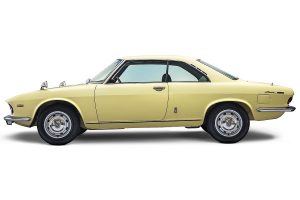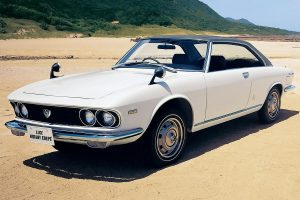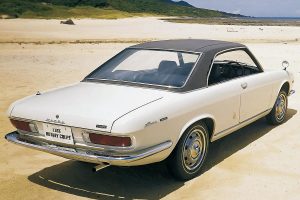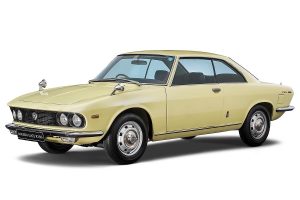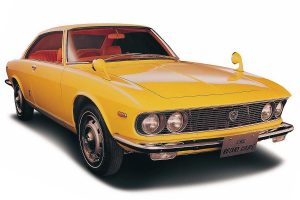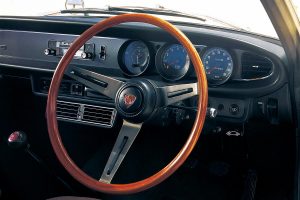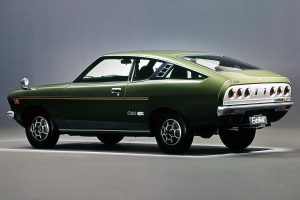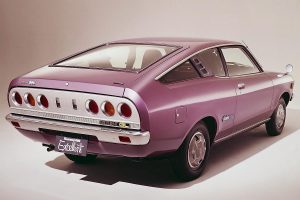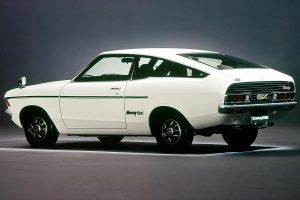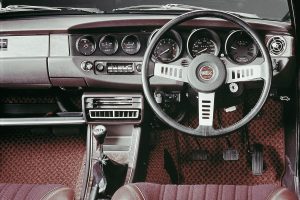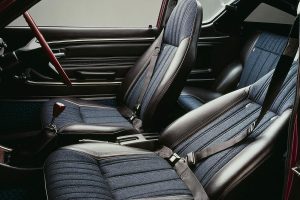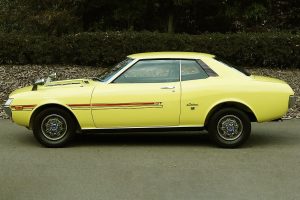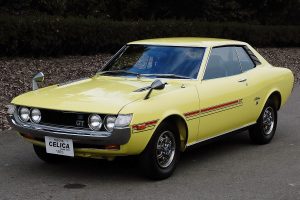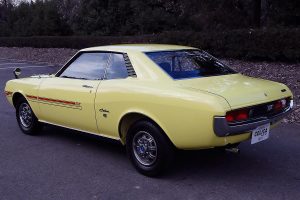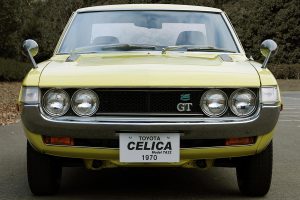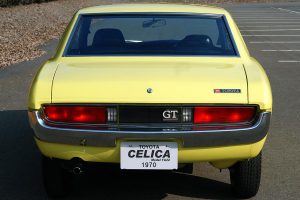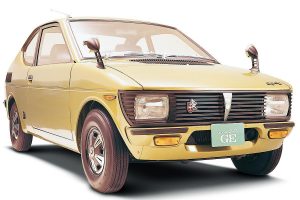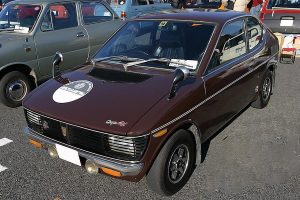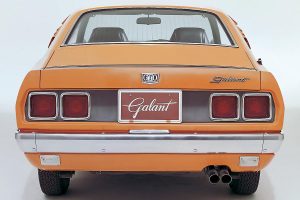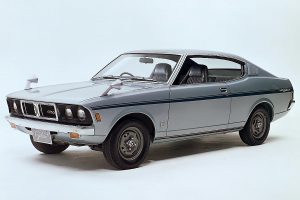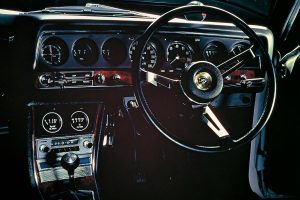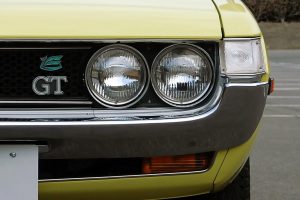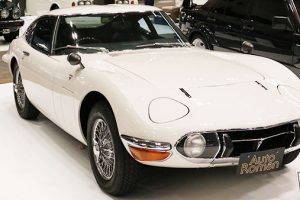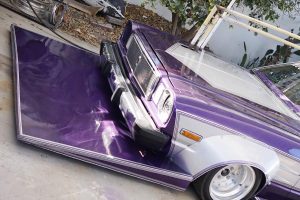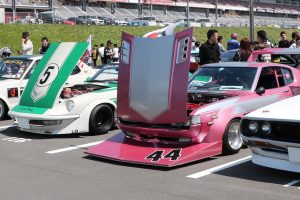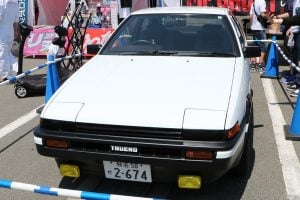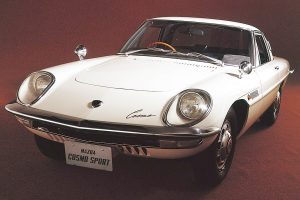How many of these can you name it?
Showa-era treasures
Car design trends change over time. In recent years, not only sports cars but also sedans, station wagons, and SUVs also adopts a sleek, flowing design. In addition, modern technology made it possible for carmakers to create complex designs combined with curved surfaces, which was not possible in the past.
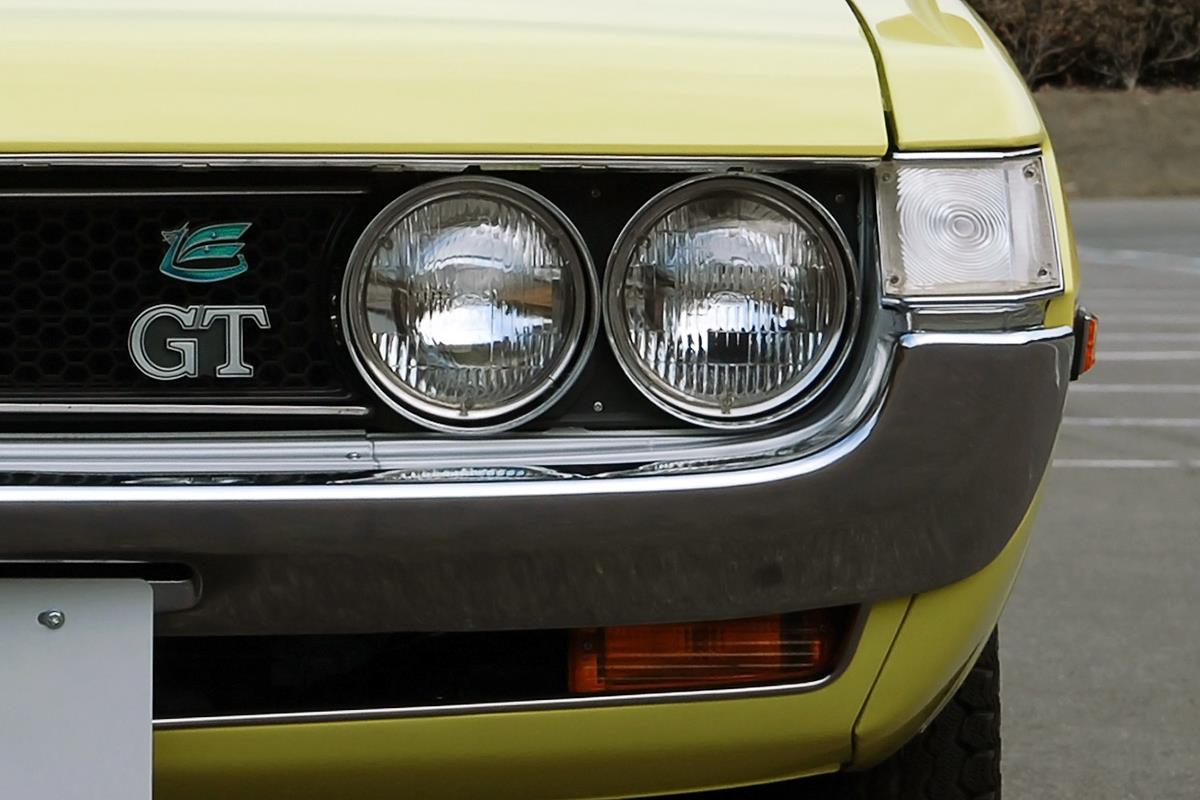
On the other hand, cars from Showa-era Japan had a boxy design, although some cars went opposite to that trend. Let’s look at five cars with gorgeous designs.
Mazda Luce Rotary Coupe
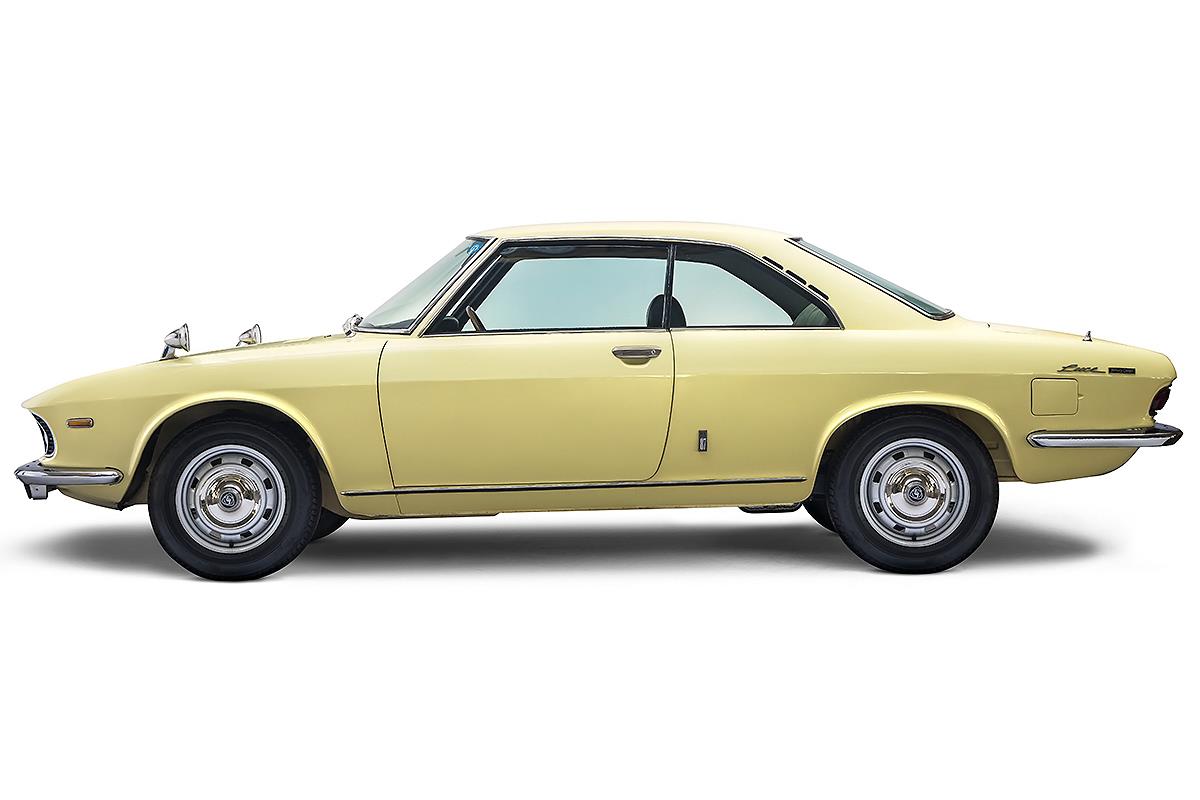
In 1967, Mazda introduced the world’s first mass-produced rotary-engined vehicle, the Cosmo Sport. The car still has many fans not just for its special engine, but also for its futuristic design which is hard to believe was completed more than 50 years ago.
Later on, Mazda expanded its rotary lineup and in 1969, the Luce Rotary Coupe was born. Its 2-door hardtop body, dubbed as ‘the Prince of highways’ by Mazda itself, had a front-end with four circular headlights and an inverted-slant nose. The flowing line coming from the front, passing through the hood, roof, and trunk, was one of the designs features the car boasted.
And not just its beautiful styling, but also the car gained popularity with its 126hp 2-rotor 13A rotary engine, which was exclusive for this car. Plus, the car is known to be the only front-wheel drive rotary car in Mazda’s whole history.
Its performance was outstanding, but so was its price too. The car boasted a top speed of 190 km/h (118 mph), a performance worthy of its nickname. And its price was from ¥1.45 million to ¥1.75 million. Considering that a college graduate at that time received about ¥30,000 for his monthly salary, only a limited number of people could get their hands on it.
Three years after its launch, Mazda ended the production of the Luce Rotary Coupe. Not many units were manufactured, making the car a rare model to see on both streets and events.
Nissan Sunny Coupe
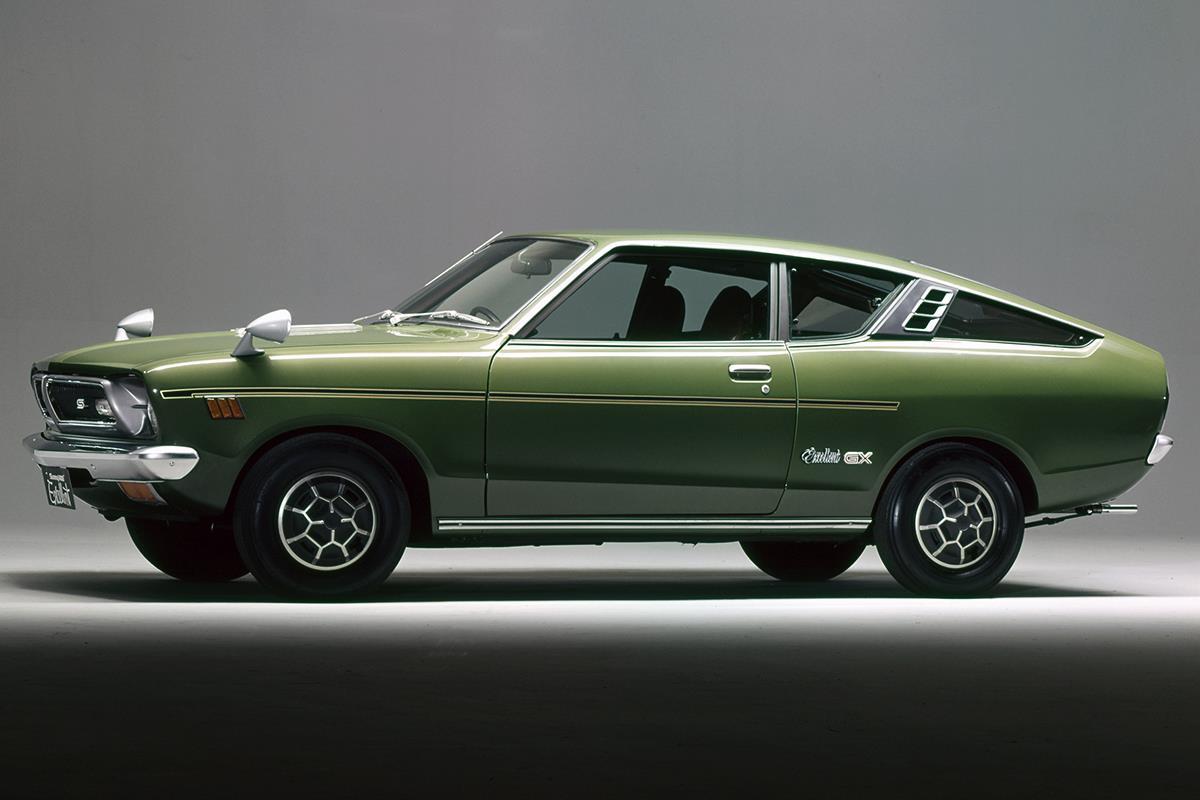
The Sunny, introduced in 1966, was Nissan’s answer to the rising demands from the private car era in the 1960s.
Later in 1970, Nissan added a high-performance model to the second generation Sunny. The car was already recognized as a reasonably priced family car, but also an inexpensive sports car for young people thanks to its good results in races.
When the third generation was introduced in 1973, the car adopted a larger body to seek exports to overseas markets. And not only a sedan body but also a commercial van and 3-door hatchback coupe were also available as part of its lineup.
The coupe model had two grades: the Sunny Coupe that came with a 1.2-liter inline-4 OHV engine, and the Sunny Excellent Coupe that came with a 1.4-liter (later upgraded with a 1.6-liter) inline-4 SOHC engine.
Its front-end design retained the same as the sedan, but the side view that was made by a sloped that connected the roof and rear end was a thing only a 3-door body can create.
The unique six round-shaped taillights were a feature exclusive to the Excellent model. And its rear part with having a triangular window and a C-pillar advancing forward was an innovative design at that time. It not only became a hit in Japan but also in the United States.
Toyota Celica
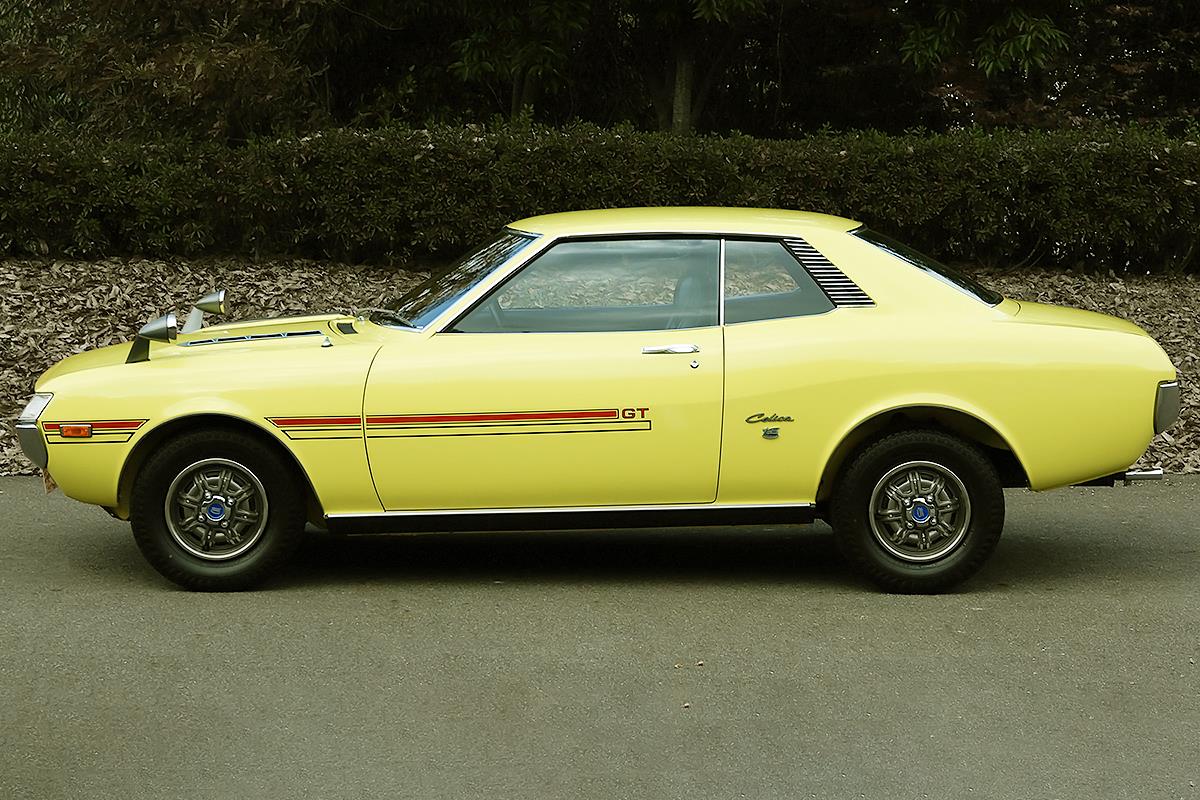
Toyota used to have the Celica for the younger generation in its lineup. The first model was introduced in 1970.
The car only had a 2-door hardtop coupe body at first but a 3-door hatchback named the ‘Liftback’ was added later on. The sharp design of the front face was combined with the upswept lines of the rear fenders and the compact cabin to create a beautiful side view.
The first-generation Celica also featured a “Full Choice System,” an order system that was innovative for a mass-produced car. Buyers could build their own Celica from four exterior designs, four engine types, three transmissions, and nine interior types. The top-tier GT model, on the other hand, had its exclusive DOHC engine, transmission, and interior/exterior selection fixed.
That made the car’s price range start from ¥570,000 to ¥1,000,000, which totally depended on the buyer’s selection. This system was an innovative way to sell cars but not all customers used it, which eventually led to the end before the model was discontinued.

